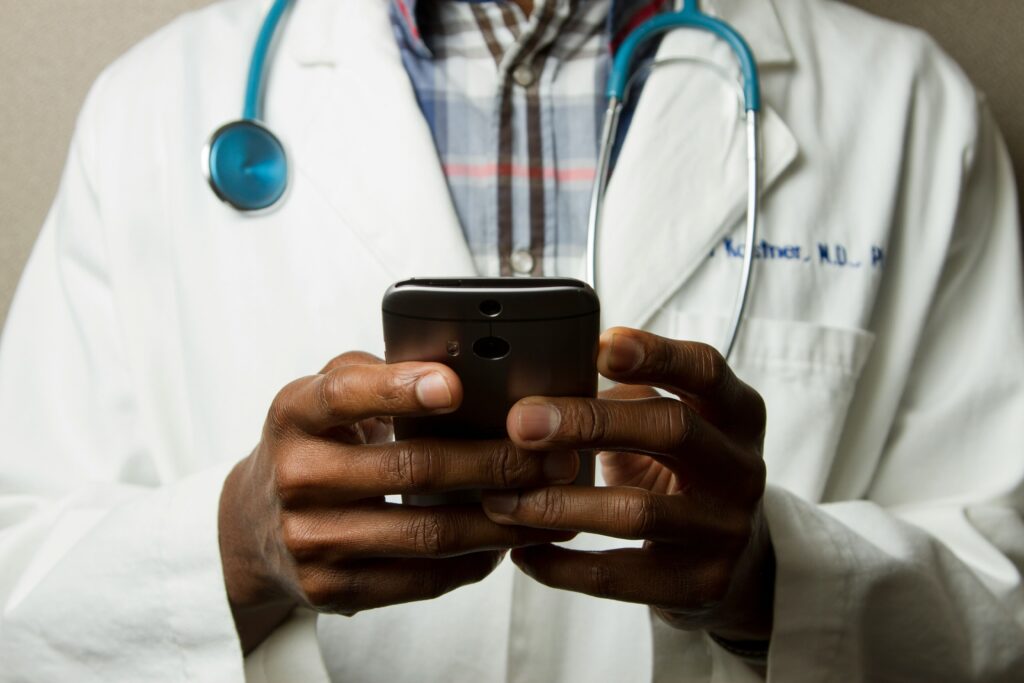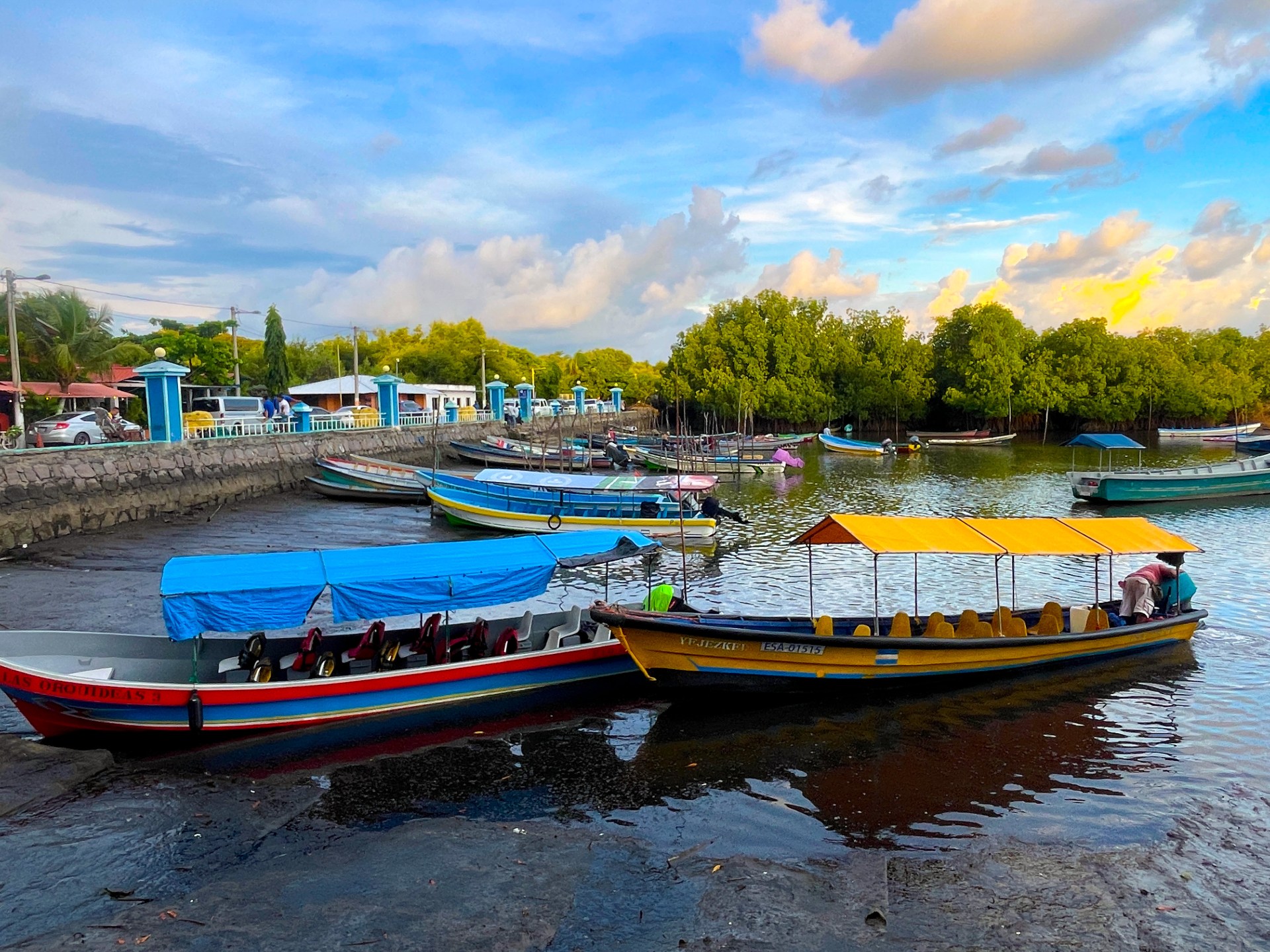Digital Healthcare
- The fintech revolution redefined financial access in low- and medium-income countries (LMICs) and a similar revolution is being seen with digital health.
- Mobile technologies that turned phones into financial tools are now set to transform them into conduits of health, wellness and life-saving interventions.
- We can learn valuable lessons from fintech in the the LMICs to create healthcare systems that are innovative, sustainable and globally beneficial.
Imagine a world where the most pressing healthcare challenges are met not by incremental steps but by giant leaps of innovation that take us over and beyond the conventional barriers of infrastructure and access.
This vision isn’t far-fetched; it’s precisely what’s happening today as low- and middle-income countries (LMICs), drawing inspiration from their remarkable fintech innovations, stand on the cusp of a digital health revolution.
In much the same way the fintech revolution redefined financial access, we are witnessing a parallel transformation in health tech within the Global South.
Consider M-Pesa, the Kenyan-born mobile money service. What began as a necessary solution to financial exclusion has become a significant chapter in international finance.
Echoing the mobile money surge that positioned Africa as a pioneer in mobile transactions, M-Pesa now accounts for an astonishing 70% of global mobile money flows, according to GSMA. This shift is emblematic of the broader innovation trend where necessity becomes the mother of substantial technological advancement.
Similarly, other regions have produced fintech marvels that have redefined access to services for the masses. Optasia in Dubai and Nubank in Latin America exemplify this disruptive potential, breaking down long-standing barriers to traditional banking and finance.
How fintech can inspire a healthcare revolution
The leap in fintech is a blueprint for LMICs’ potential role in leading the digital health revolution. The very mobile technologies that turned phones into financial tools are now set to transform them into conduits of health, wellness and life-saving interventions.
The World Health Organization’s six building blocks for health systems offer a lens through which to view the everyday challenges of healthcare delivery in LMICs and high income nations. These are: service delivery, health workforce, health information systems, access to essential medicines, financing and leadership/governance.
The gaps in service delivery and health workforce, alongside frail health information systems, are universal issues where digital innovations like telemedicine and artificial intelligence (AI) diagnostics could bring transformative change, offering scalable and quality care solutions.
These digital tools promise to mend the service delivery chasms by enabling remote care and bolstering workforce competencies through AI-assisted diagnostics and e-learning, echoing the empowerment fintech has brought through mobile technologies.
Advanced data analytics could also pivot health systems towards more predictive and personalized care, a leap forward akin to big data’s revolution in customer services. Moreover, logistical revolutions in medical supply chains are on the horizon, with drone deliveries and 3D printing taking cues from the seamless transactions of mobile commerce.
In Africa, startups like Nigeria’s Lifebank are pioneering technology to speed up blood donations and deliveries, saving lives where every second counts. Meanwhile Kenya’s Flare – an ‘Uber for ambulances’ – has dramatically reduced emergency response times, becoming a lifeline for countless patients.
In India, the digital platform eSanjeevani serves a dual purpose – it bridges the doctor-patient gap with telemedicine consultations and ensures healthcare workforce training, with millions of consultations to its credit.
What sets these innovations apart is their technology and their ability to craft solutions highly tailored to local contexts. They operate on a principle of inclusion, striving to bring quality healthcare within reach of all, regardless of geography or economic status.
Such ingenuity signals a shift from reactive care to proactive and preventive health strategies, where community engagement and patient empowerment are central.
The success of these health tech initiatives provides a compelling narrative of how LMICs are not just catching up but potentially leading the charge in digital health innovation.
They serve as a testament to a future where technology is the great equalizer in health, offering scalable, cost-effective and user-centric solutions that promise to bring us closer to the goal of universal health coverage.
Digital transactions can reimagine healthcare finance flows
Financial flows in healthcare stand to be reimagined with digital transactions that bring transparency and efficiency, inspired by fintech’s microfinance models.
In this context, insurtech emerges as a frontier to expand access to care, even in resource-strapped settings. However, the more deeply rooted governance issues require reform beyond digital fixes, highlighting the need for structural policy changes.
Bridging the healthcare divide necessitates a dual approach: embracing digital solutions for immediate gaps while advocating for systemic reforms for resilient, future-proof health infrastructure.
Regulatory flexibility in LMICs is proving to be a catalyst for health tech innovation, setting up these regions as vibrant hubs for piloting and refining new technologies.
As a result, LMICs are fast becoming the frontrunners of the digital healthcare revolution. The global community should recognize LMICs not as passive beneficiaries, but instead as active agents of change.
This shift is a clarion call to Global North investors and experts to recognize and support the innovative prospects in the Global South for strategic partnerships, not just charitable contributions.
The successes of M-Pesa, Optasia, Tamara, Grab, and Nubank are not outliers but harbingers of a broader trend where the fusion of local insights with global resources can yield solutions with worldwide relevance.
The Global North’s abundant resources and expertise stand to play a pivotal role in this transformative journey. By investing in LMICs’ digital health initiatives, they can catalyse a healthcare revolution that is innovative, sustainable and globally beneficial.
Lessons from LMICs on digital health technology
As we pivot to a future where healthcare is increasingly digitalized, the story of fintech in LMICs offers valuable lessons. Just as mobile technology leapfrogged landlines to revolutionize banking in Africa, digital health technology can leapfrog conventional health systems to bring care to those who need it most.
This isn’t just a possibility; it’s a pathway that LMICs are already embarking on, with the potential to reshape global health outcomes for future generations.
This article was originally sourced from World Economic Forum





